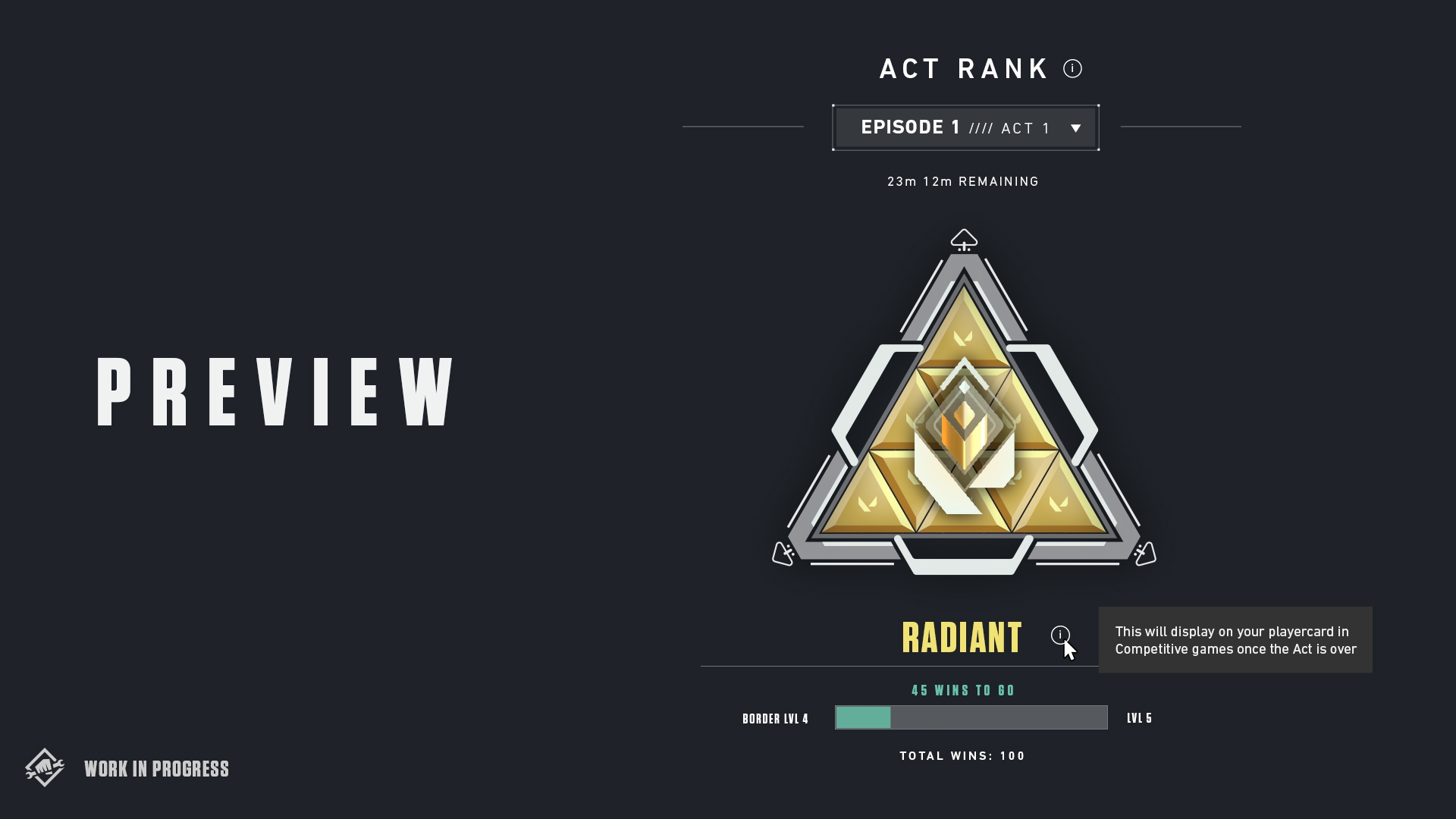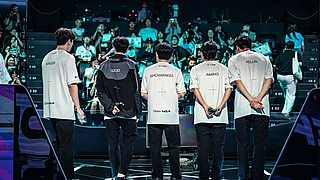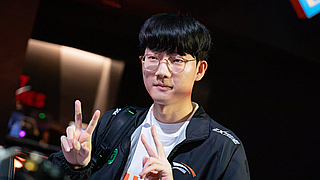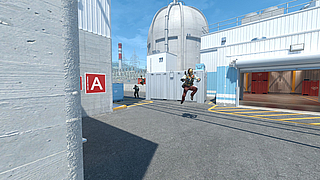Since its debut in 2020, Valorant, Riot Games’ flagship first-person shooter, has not only captured the imaginations of millions of gamers but also significantly impacted the esports landscape.
With its highly stylized approach to gameplay, distinct from Valve’s Counter-Strike series, Valorant offers a unique blend of fantasy and tactics that’s less anchored in reality. This free-to-play title has rapidly amassed a monthly player count of around 15 million, testament to its widespread appeal and the introduction of the Valorant Champions Tour, which further solidified its position in the esports domain.
For those drawn to the competitive allure of Valorant, understanding its ranking system is crucial. Valorant features a robust ladder of 22 ranks split across eight tiers, ranging from Iron to the pinnacle of Radiant.
 Each tier encompasses three sub-ranks, except for Radiant, which is reserved for the top 500 players in each region.
Each tier encompasses three sub-ranks, except for Radiant, which is reserved for the top 500 players in each region.
- Iron Tier
- Iron 1
- Iron 2
- Iron 3
- Bronze Tier
- Bronze 1
- Bronze 2
- Bronze 3
- Silver Tier
- Silver 1
- Silver 2
- Silver 3
- Gold Tier
- Gold 1
- Gold 2
- Gold 3
- Platinum Tier
- Platinum 1
- Platinum 2
- Platinum 3
- Diamond Tier
- Diamond 1
- Diamond 2
- Diamond 3
- Immortal Tier
- Immortal 1
- Immortal 2
- Immortal 3
- Radiant Tier
- Radiant
Valorant’s journey into competitive play begins at account level 20, a threshold ensuring players are well-versed in game mechanics and maps.
 Once competitive mode is unlocked, players must engage in five placement matches, allowing Valorant’s Matchmaking Rating (MMR) system to gauge their initial standing.
Once competitive mode is unlocked, players must engage in five placement matches, allowing Valorant’s Matchmaking Rating (MMR) system to gauge their initial standing.
This MMR adjusts over time based on performance, with player rankings shifting accordingly. Team performance is a significant factor in determining rank, though individual prowess becomes increasingly critical in the upper echelons of Immortal and Radiant.
Despite rank visibility being obscured after a two-week absence from the game, players can quickly regain their standing upon return. With each new episode or act, Valorant resets ranks, requiring players to engage in five matches to determine their new position, influenced by past performance.
Players can monitor their ranks through their player profile or the leaderboard feature, introduced in Episode 2.
Progression essentially boils down to a simple formula: winning garners points, enhancing your rank, while losses detract from it.
Valorant now allows mixed-rank teams to queue together, though this comes with reduced Rank Rating points for wins, especially when higher-ranked players are involved. This system, while fostering inclusivity, also ensures balanced matchmaking and fair competition.
Riot Games’ commitment to refining Valorant’s ranking system has been evident in its updates, ensuring a fair and achievable progression for players.
Valorant’s competitive mode is not just about ranking up; it’s an immersive journey that tests skill, strategy, and teamwork. Aspiring players must invest time in mastering the game’s nuances before ascending the competitive ladder – a journey that’s both challenging and rewarding in the world of esports.
For the latest updates, comprehensive statistics, and in-depth coverage of the eSports world, stay connected with us at e-sportstats.com. We’re committed to bringing you the most accurate and timely information to fuel your passion for gaming. Join our community and never miss a beat!








